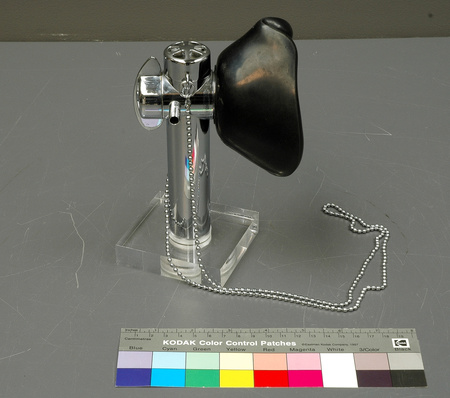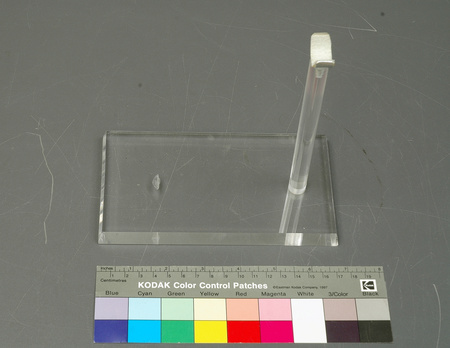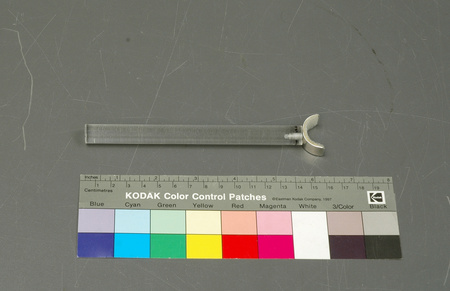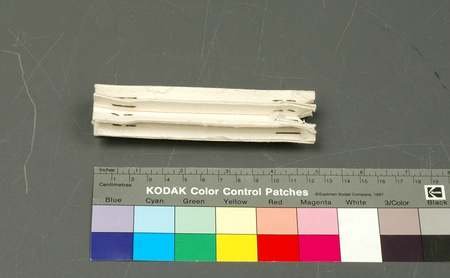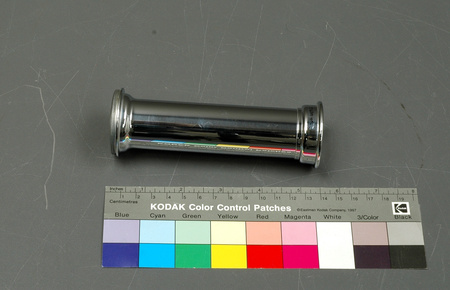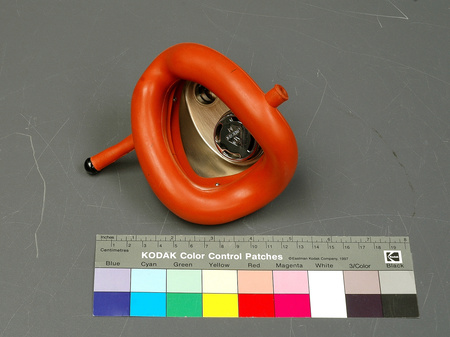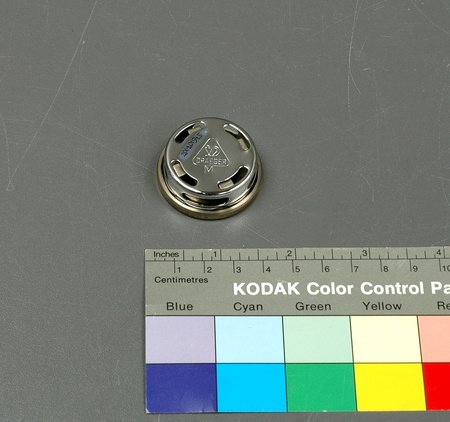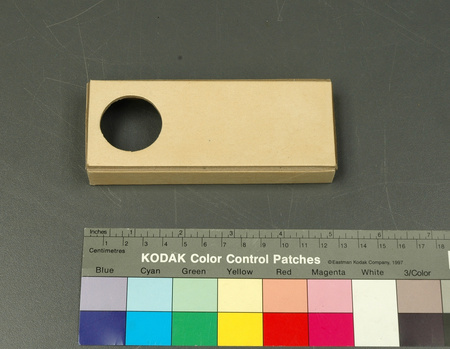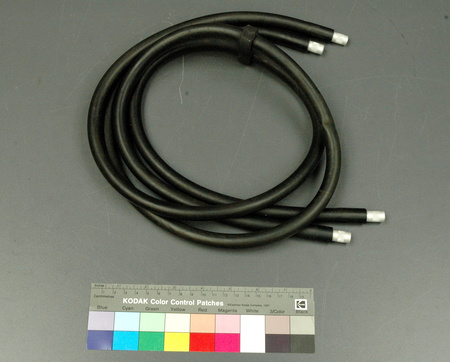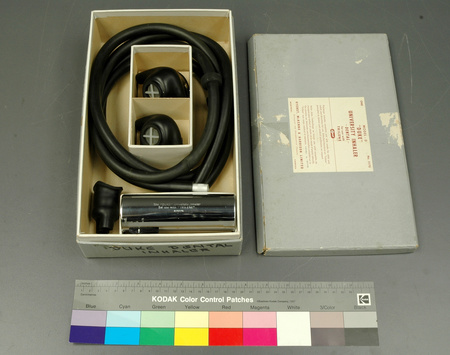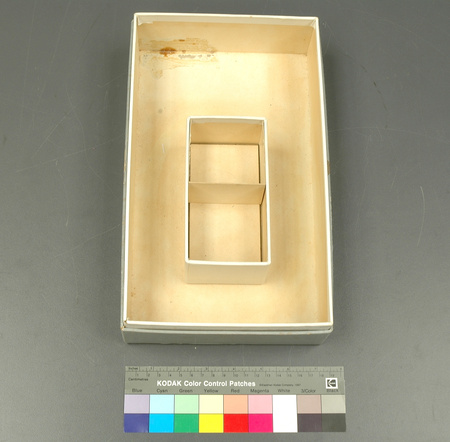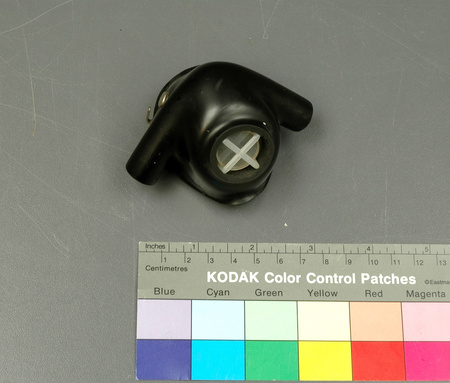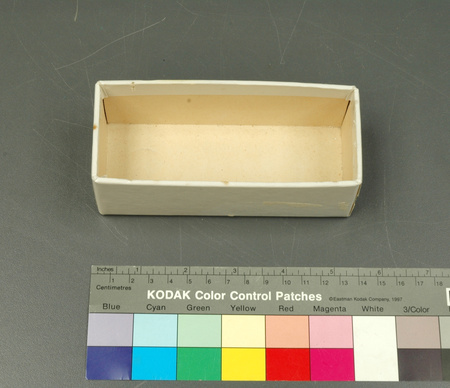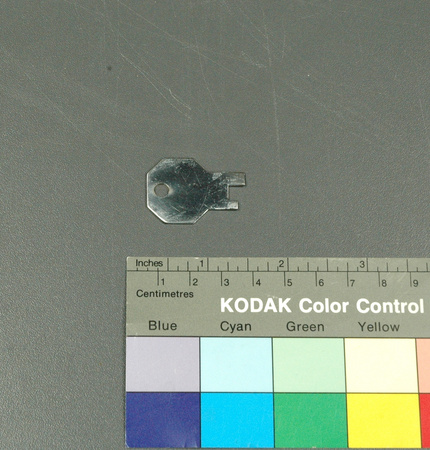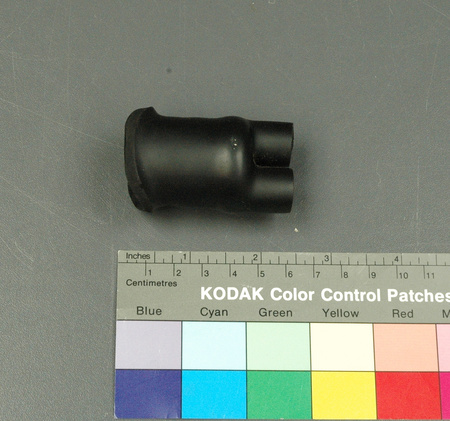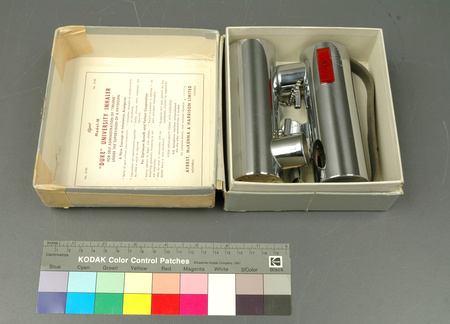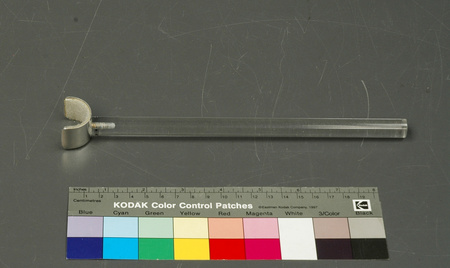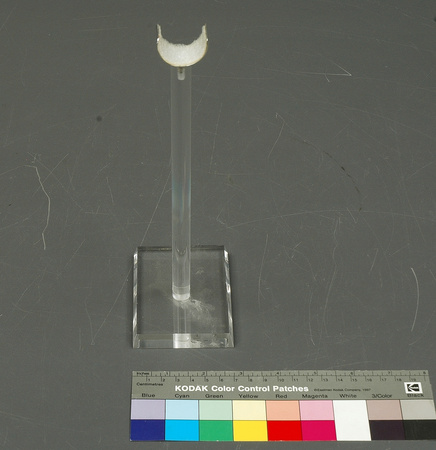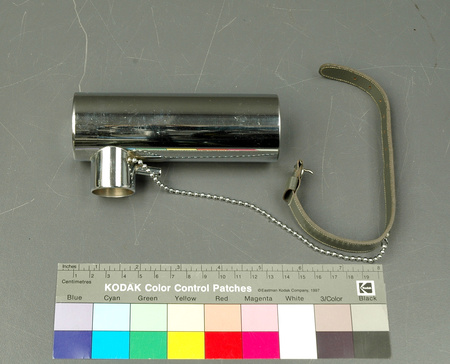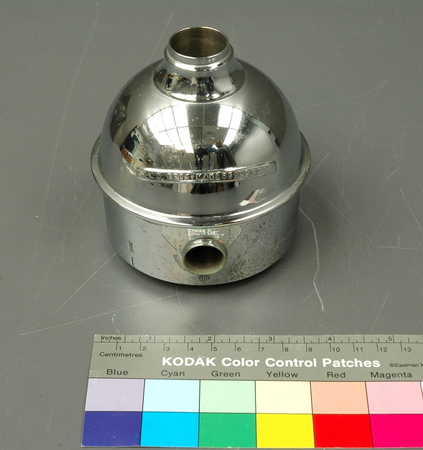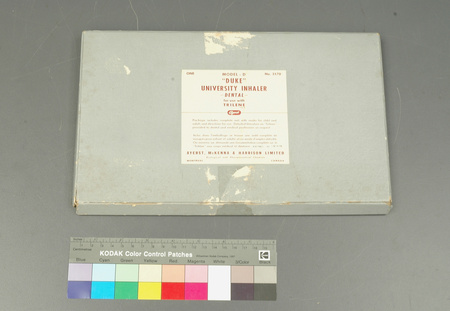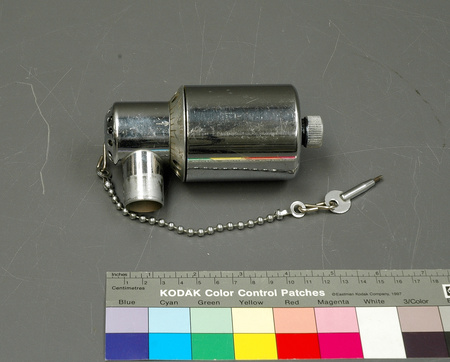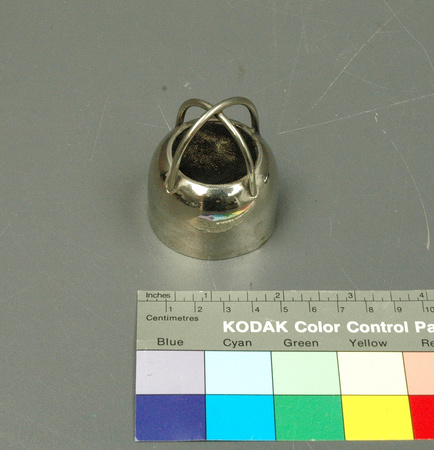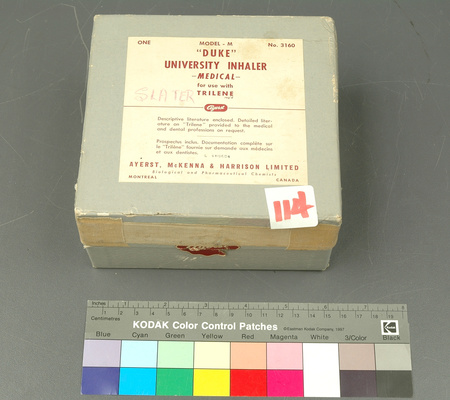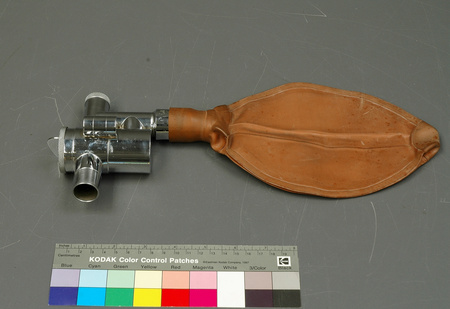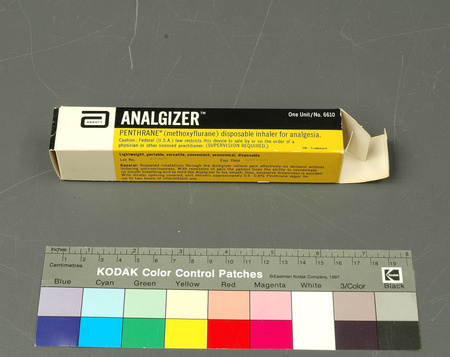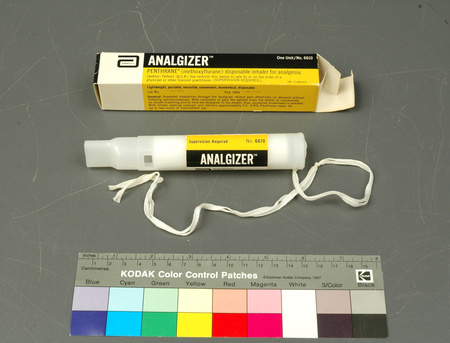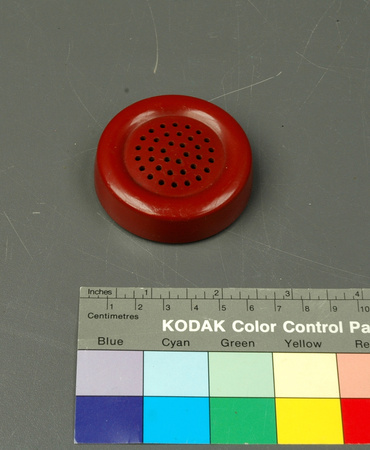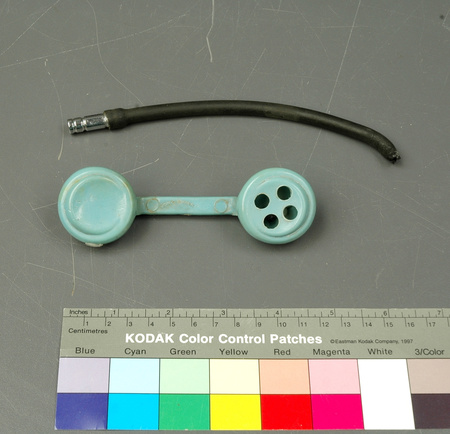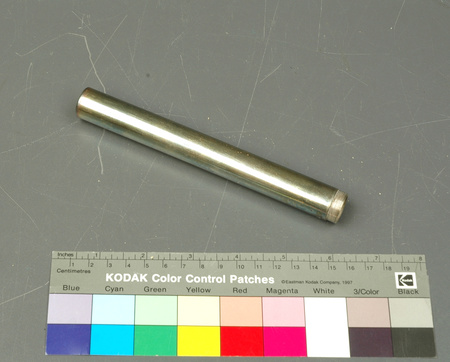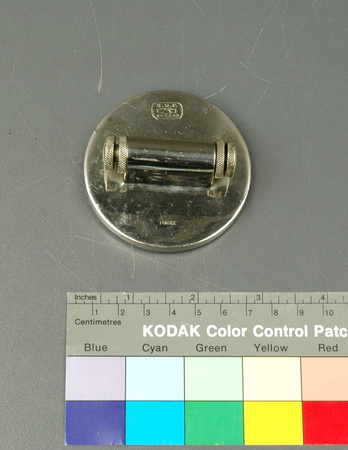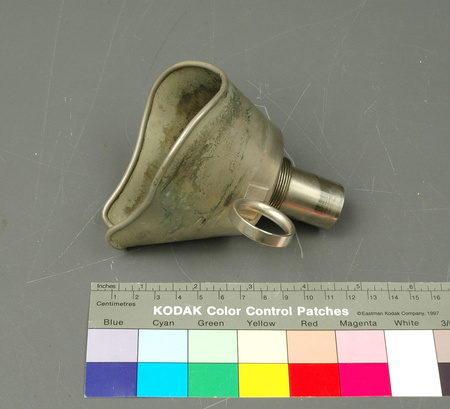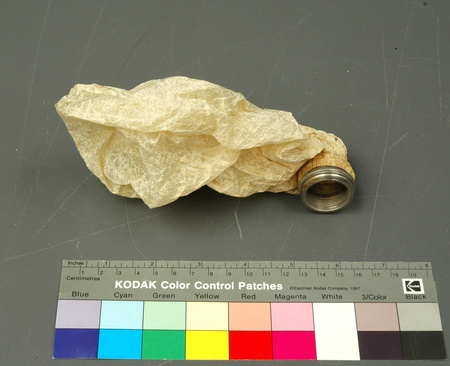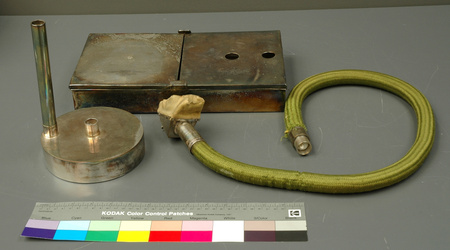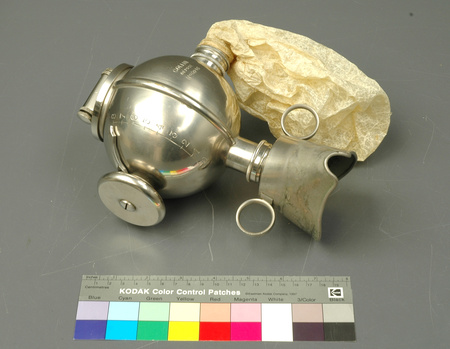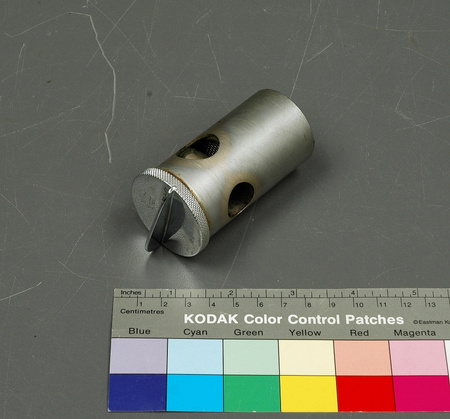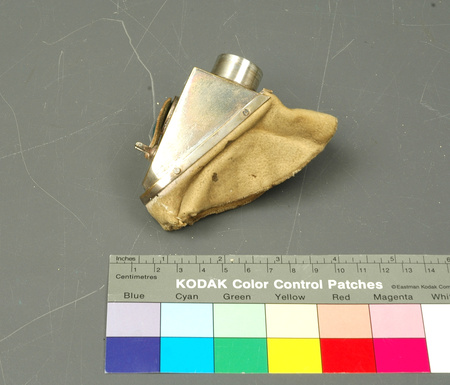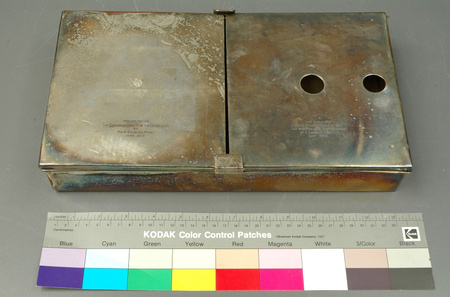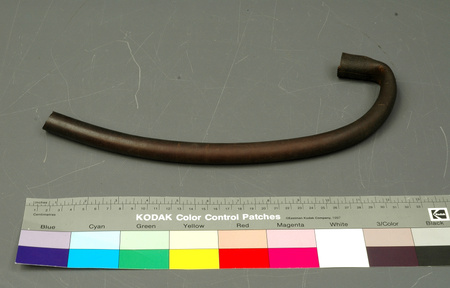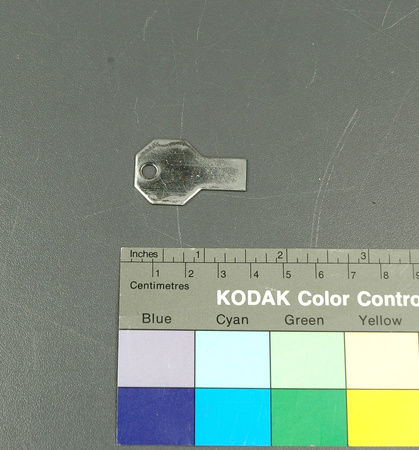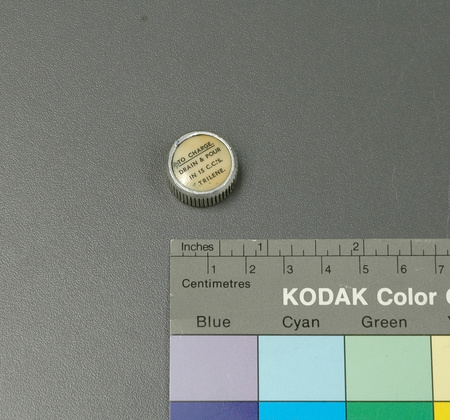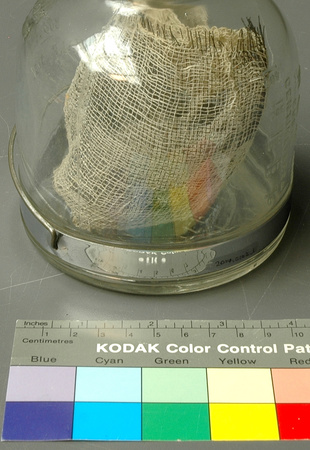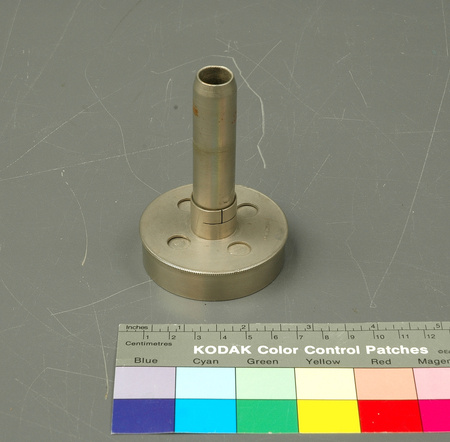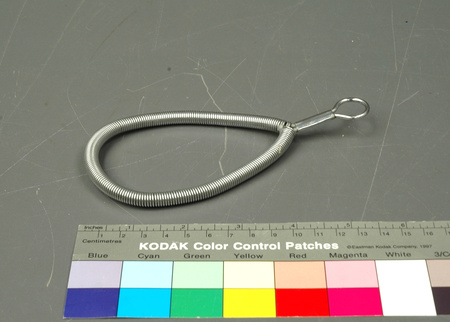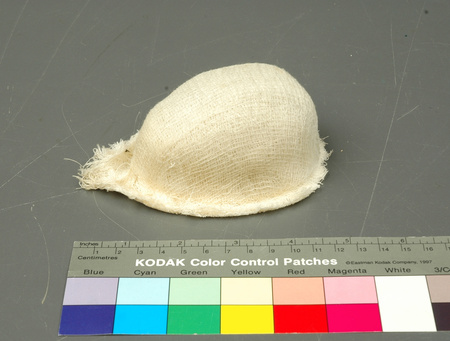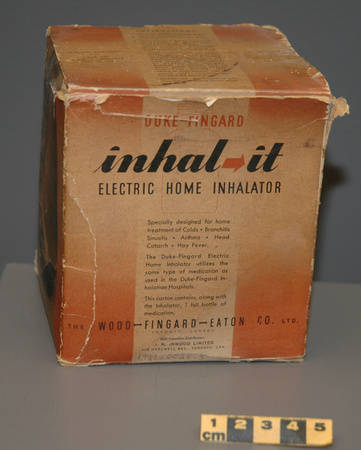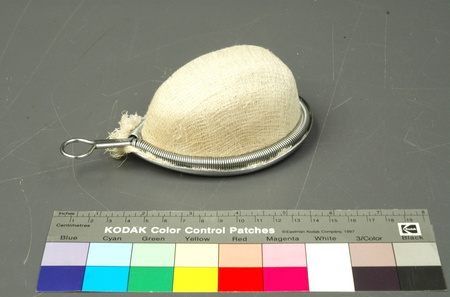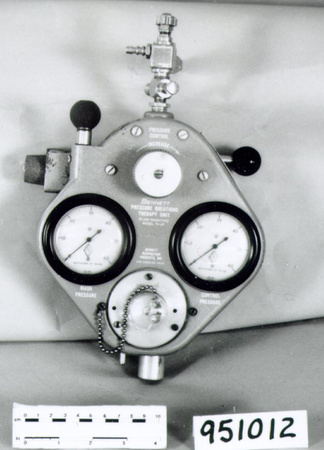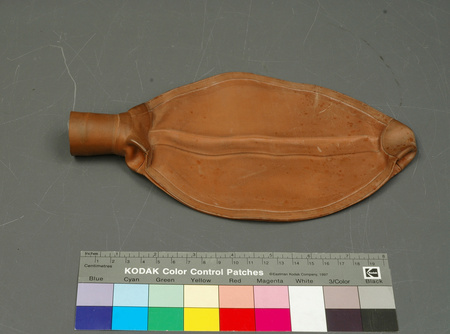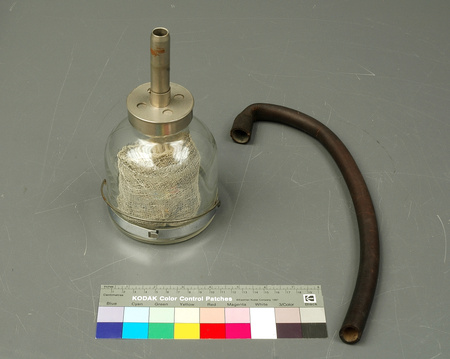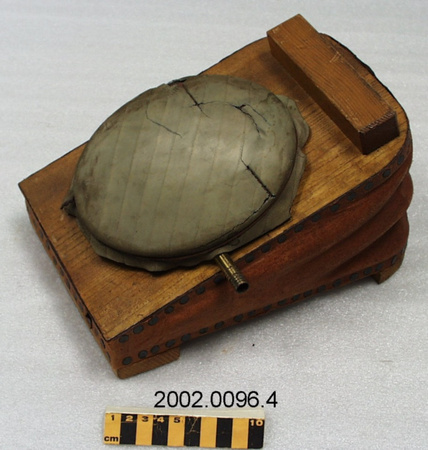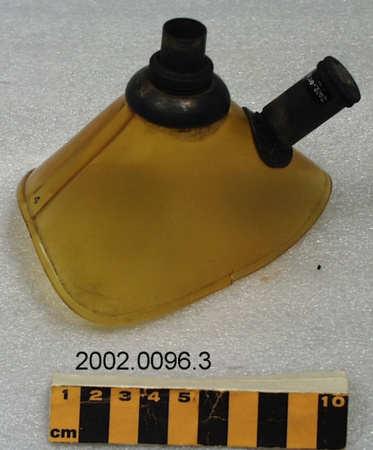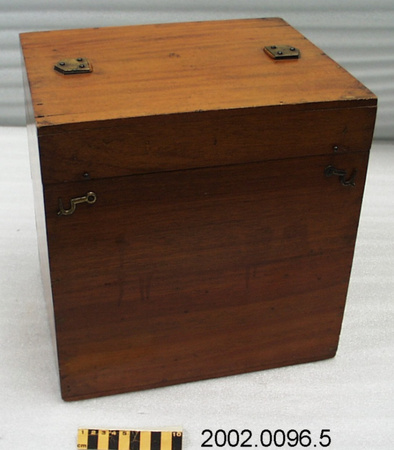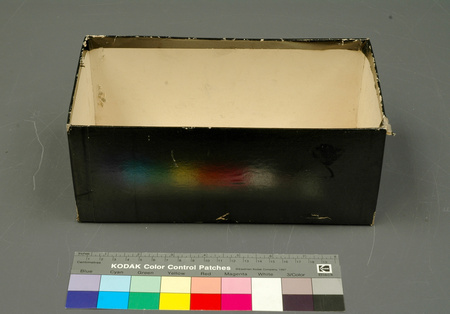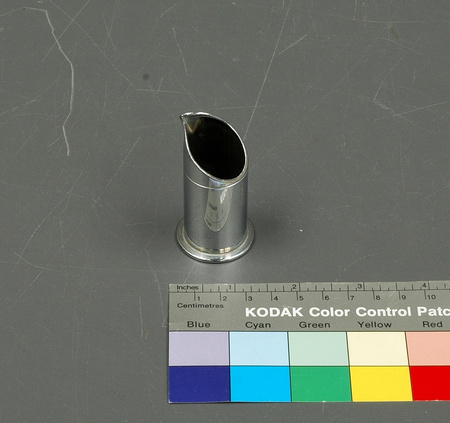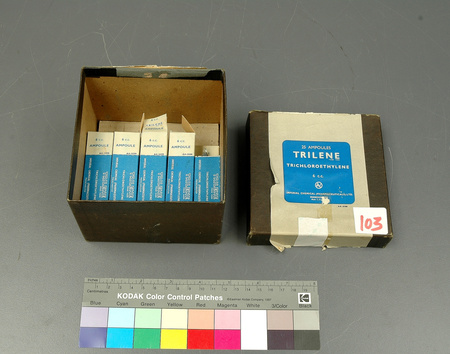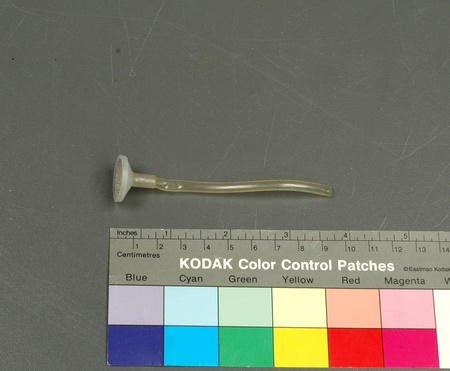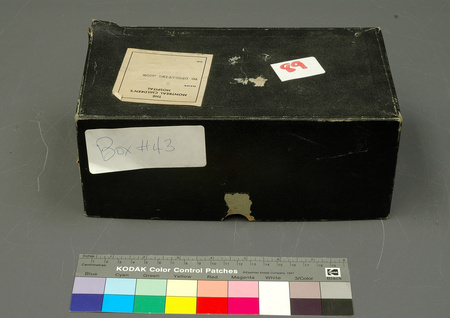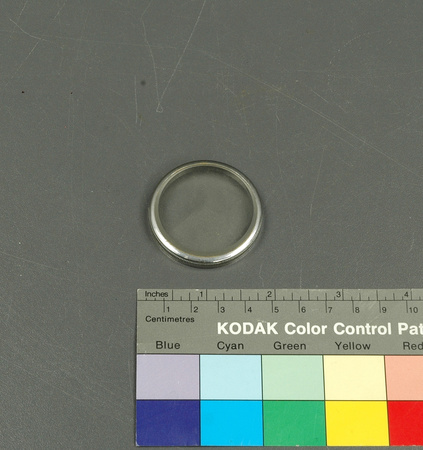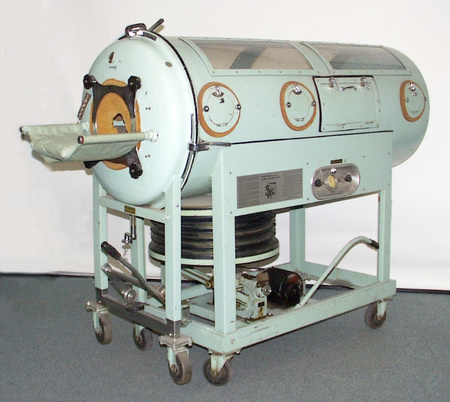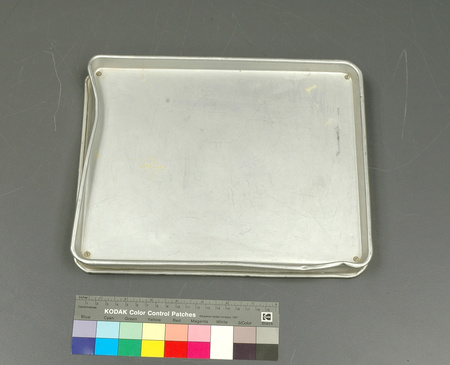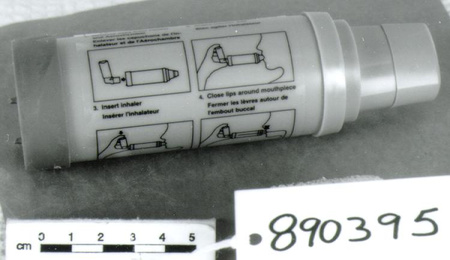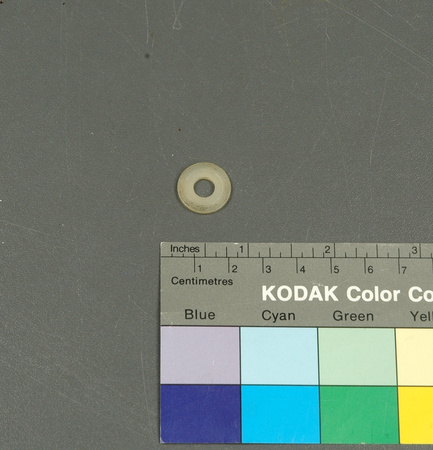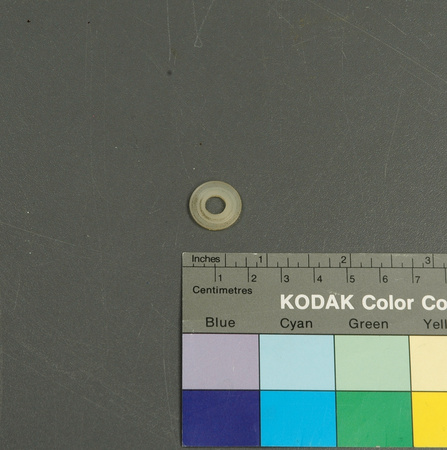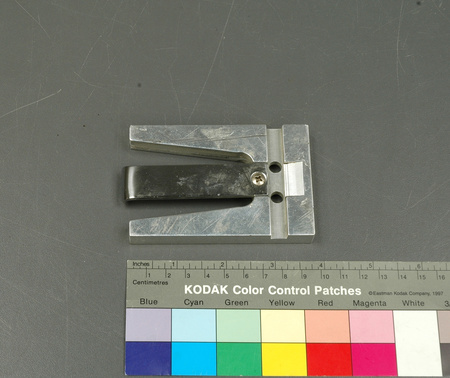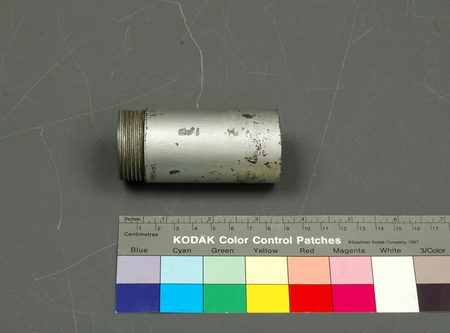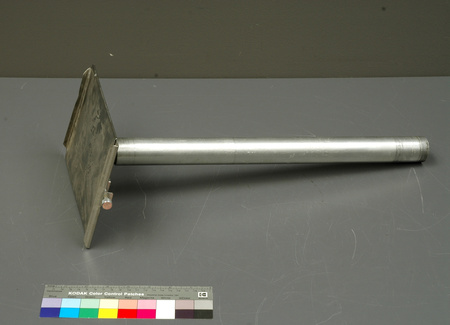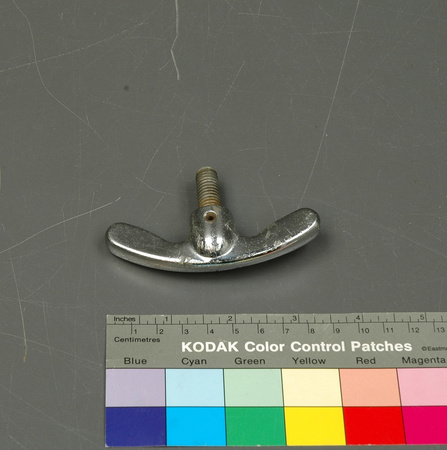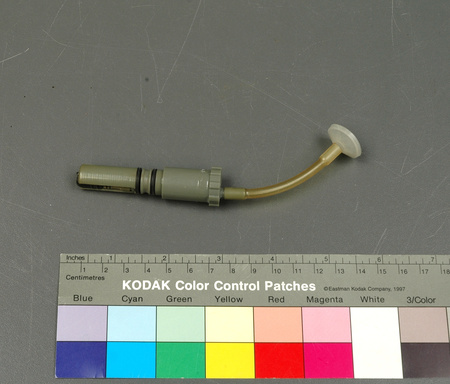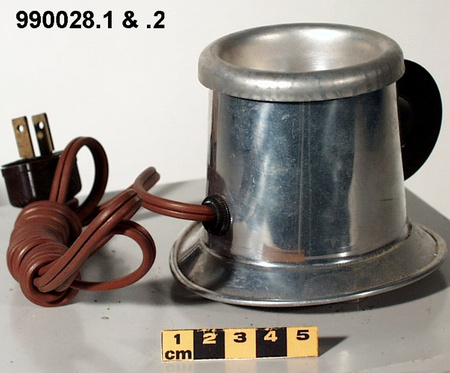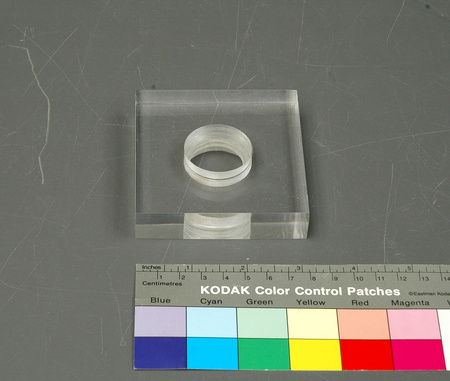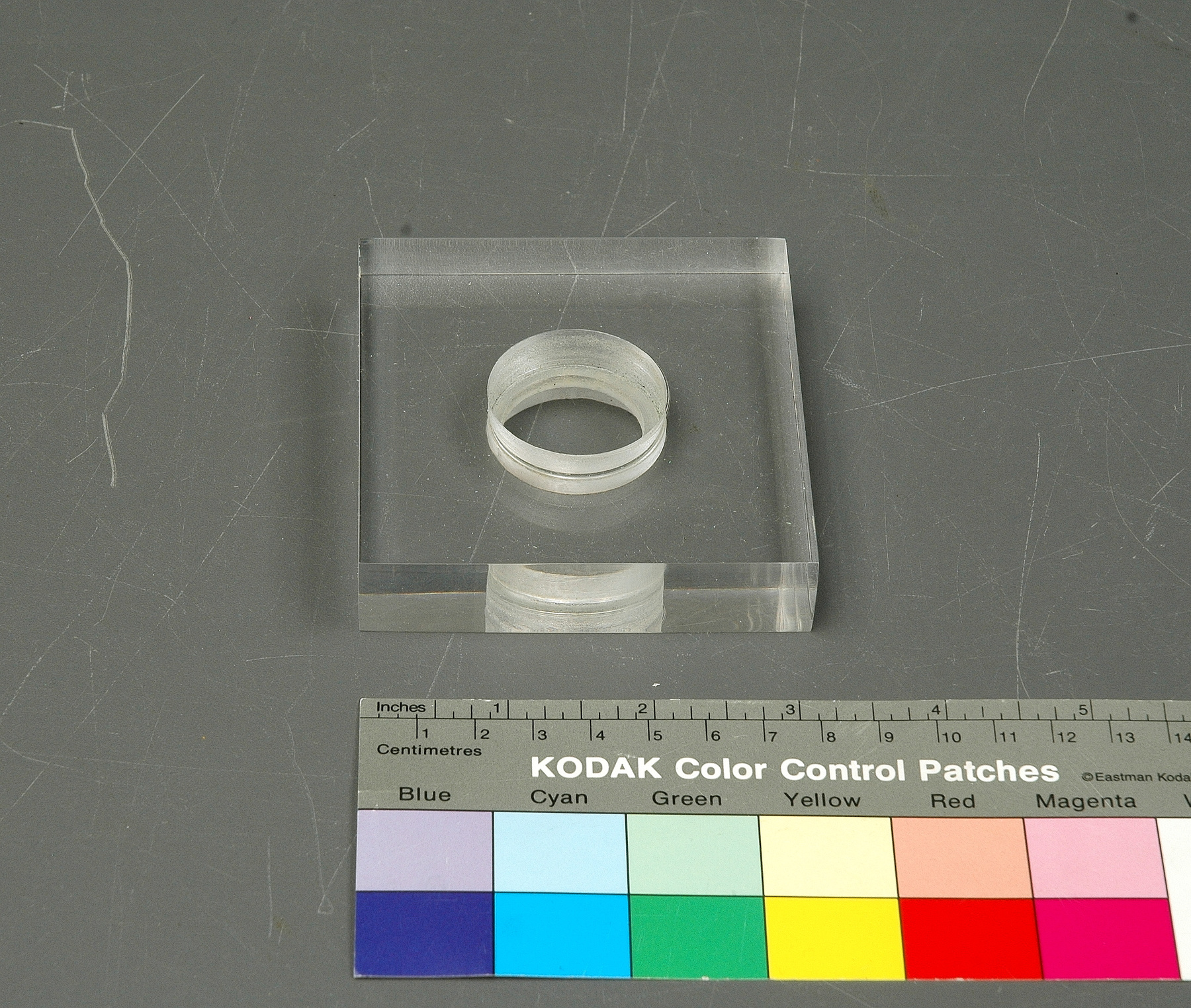Base
Use this image
Can I reuse this image without permission? Yes
Object images on the Ingenium Collection’s portal have the following Creative Commons license:
Copyright Ingenium / CC BY-NC-ND (Attribution-NonCommercial 4.0 International (CC BY-NC 4.0)
ATTRIBUTE THIS IMAGE
Ingenium,
2014.0155.003
Permalink:
Ingenium is releasing this image under the Creative Commons licensing framework, and encourages downloading and reuse for non-commercial purposes. Please acknowledge Ingenium and cite the artifact number.
DOWNLOAD IMAGEPURCHASE THIS IMAGE
This image is free for non-commercial use.
For commercial use, please consult our Reproduction Fees and contact us to purchase the image.
- OBJECT TYPE
- threaded
- DATE
- Unknown
- ARTIFACT NUMBER
- 2014.0155.003
- MANUFACTURER
- Unknown
- MODEL
- Unknown
- LOCATION
- Unknown
More Information
General Information
- Serial #
- N/A
- Part Number
- 3
- Total Parts
- 3
- AKA
- N/A
- Patents
- N/A
- General Description
- Acrylic base
Dimensions
Note: These reflect the general size for storage and are not necessarily representative of the object's true dimensions.
- Length
- 8.5 cm
- Width
- 8.1 cm
- Height
- 2.0 cm
- Thickness
- N/A
- Weight
- N/A
- Diameter
- N/A
- Volume
- N/A
Lexicon
- Group
- Medical Technology
- Category
- Miscellaneous
- Sub-Category
- N/A
Manufacturer
- AKA
- Unknown
- Country
- Unknown
- State/Province
- Unknown
- City
- Unknown
Context
- Country
- Unknown
- State/Province
- Unknown
- Period
- Unknown
- Canada
-
Part of a collection of medical technologies donated to the Canada Science and Technology Museums Corporation by the Canadian Anesthesiologists’ Society. This object was on display as part ‘An Exhibit on Inhalers and Vaporizers, 1847-1968’ at CAS’s Annual Meeting in Ottawa in 2003. - Function
-
Allows an inhaler to stand upright for display - Technical
-
“The value of Trilene in anesthesia was reported in 1934 by Dennis Jackson (1865-1958). The analgesic properties of trichloroethylene had been recognized in the First World War. It was subsequently used by Oppenheim to treat trigeminal neuralgia and as a narcotice by Glaser. The Oxy-Columbus inhaler, developed by Hans Hosemann (1913-1994) in association with the Drager Company, was found to be effective in controlling the pain of childbirth, dentistry, otolaryngological procedures and dressing changes. The Trilene inhaler, with its chain passed around the patient’s neck, was held to the nose or mouth, vaporization being effected by the warmth of the patient’s hand. She could control the concentration of Trilene by adjusting the intake of air through an air hole; as she became unconscious the inhaler fell from her hand. Either air or oxygen could be added.” (ref.1) - Area Notes
-
Unknown
Details
- Markings
- None
- Missing
- Appears complete
- Finish
- Clear acrylic base
- Decoration
- N/A
CITE THIS OBJECT
If you choose to share our information about this collection object, please cite:
Unknown Manufacturer, Base, Unknown Date, Artifact no. 2014.0155, Ingenium – Canada’s Museums of Science and Innovation, http://collection.ingenium.ca/en/id/2014.0155.003/
FEEDBACK
Submit a question or comment about this artifact.
More Like This

